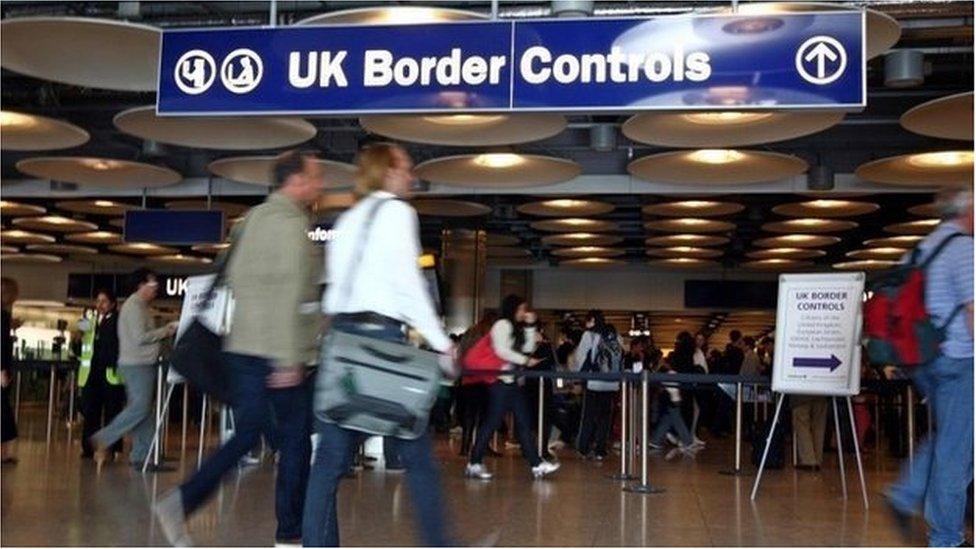NI employment growth 'due to EU migrants'
- Published

Migrant workers from the EU have accounted for almost all of the employment growth in Northern Ireland since 2008, official figures suggest.
The Department for the Economy (DfE) analysed employment data for the period 2008 - 2016.
During that time, the estimated number of people in employment rose by 36,000 - from 779,000 to 815,000.
The number of EU-born people in employment rose by 40,000.
Meanwhile the number for UK-born people fell by 10,000.
The other 6,000 additional people in employment were from the Republic of Ireland (4,000), or elsewhere in the world (2,000).
'Limited pull on migration outside EU'
The DfE said: "It is clear that between 2008 and 2016, employment recovery and growth in Northern Ireland was driven, particularly since 2014, by migrants born in the EU."
Migrant workers have also accounted for most of the employment growth in England and Scotland in the same time period.
However, in those countries the growth is evenly split between EU and non-EU migrants.
The DfE said: "In broad terms, international inward migration for Northern Ireland is very much a euro-centric experience with a relatively limited pull on international migration from outside the EU."
The study also used employment data to estimate that at the end of 2016 there were 117,000 people resident in Northern Ireland who were migrants from an EU country.
However, that figure includes 38,000 people who were born in the Republic of Ireland.
The two major migrant groups are Poles and Lithuanians with an estimated 25,000 each.
The employment rate for EU migrants (excluding Republic of Ireland) was 80% at the end of 2016.
That high employment rate is typical for recent migrant populations as they tend to consist largely of working age people.
Older data from the 2011 census suggests that EU migrant workers are heavily concentrated in the manufacturing sector, particularly food manufacturing.